The way people honor the dead has been a source of great interest dating back to ancient times. As such, few vehicles offer more intrigue today than the hearse – but for obvious reasons, it’s a mode of transportation we try not to think about.
Still, hearses serve an important role in society and a look through hearse history shows how our respect for the deceased has evolved. Let’s see how these casket-carrying vehicles came to be.
Prefer an audio summary of this post? Click below to listen to this article.
Why Is It Called A Hearse?
The term “hearse” is derived from the Latin word “hirpex” through the French “herse.” Both refer to a harrow, a large farming tool similar to a plow used to break up soil. So how did a vehicle carrying the deceased come to be named after a farming device? Early horse-drawn hearses consisted of a wooden framework with spikes used to hold candles. This candelabra-like structure resembled the teeth of a harrow. So, starting in the 17th century, people began using the word “hearse” to refer to carriages used to transport the deceased.
Hearse History Begins
Hearses as we know them first began to appear in the early 1900s. Interestingly, these early vehicles were powered by electric motors. In 1909, undertaker H.D. Ludlow commissioned a vehicle made from the body of a horse-drawn casket coach and the chassis of a bus. This was the first known example of a gas-powered hearse.
Such vehicles remained rare at first, as they cost significantly more than horse-drawn varieties. But as combustion engines became more powerful, funeral directors realized they could use these faster-traveling hearses several times per day. Gas-powered hearses quickly became cost effective and became the norm by the 1920s.
The same year Ludlow commissioned his internal combustion vehicle, hearse history hit another notable milestone when the Crane and Breed Company in Cincinnati introduced the first commercially built gas-powered hearse. It featured a 30-horsepower, four-cylinder engine that allowed the vehicle to reach a top speed of 30 mph.
While the hearse’s mechanics evolved quickly, improvements to its aesthetics soon followed. In 1925, the Sayers & Scovill company, also located in Ohio, debuted a landau-style hearse. This longer, sleeker vehicle was reminiscent of a limousine and quickly became more popular than the boxy hearses of the day. During this time, and up until the mid-1900s, it was common for a hearse to serve as both a funeral coach and an ambulance.
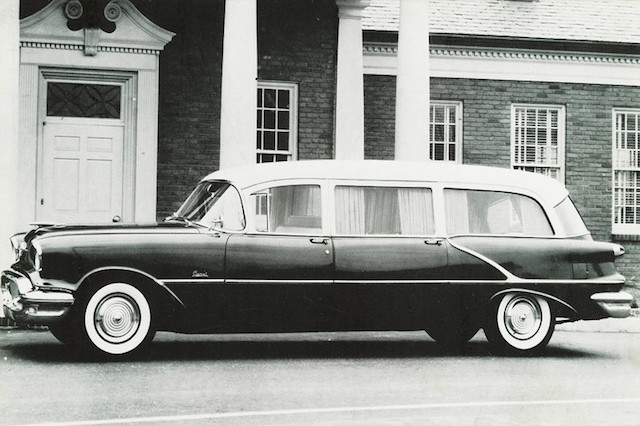
Modern Day Hearses
Hearses don’t roll off the assembly line like other cars and trucks. Instead, third-party manufacturers purchase existing vehicles and customize them into the hearses you see on the road. The vast majority of hearses made today are built from Cadillacs and Lincolns.
To begin the process, the car is cut in half and fitted onto a longer chassis, which usually sits closer to the ground than a traditional passenger car chassis. The lower height makes it easier to load and unload a casket. A fiberglass shell is then built to connect the vehicle’s front and back ends. Once the fluid lines and electrical system is reconnected, manufacturers go to work customizing the hearse for casket transportation. This includes adding features such as a long platform in the rear, bier pin plates to keep the casket in place and drapes over the windows. All this work doesn’t come cheap. A new hearse could cost as much as $100,000.
Interested in learning more about cars? Visit our auto history page for the origins of car horns, stop signs and everything in between.
8 Thoughts on “The History of Hearses”
Leave A Comment
Comments are subject to moderation and may or may not be published at the editor’s discretion. Only comments that are relevant to the article and add value to the Your AAA community will be considered. Comments may be edited for clarity and length.



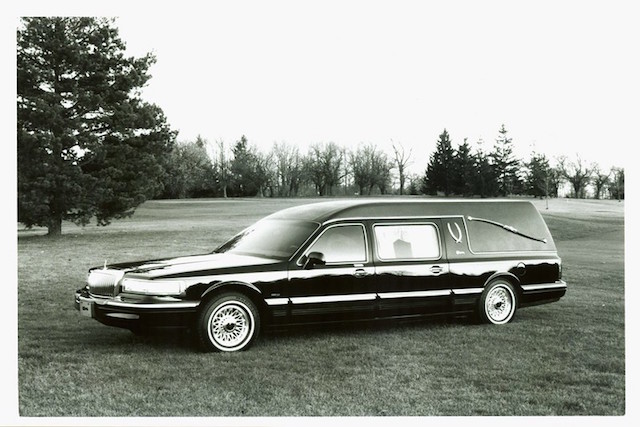

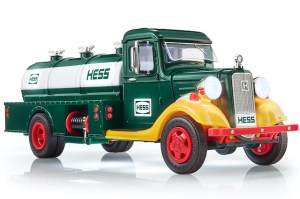
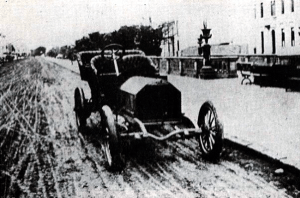

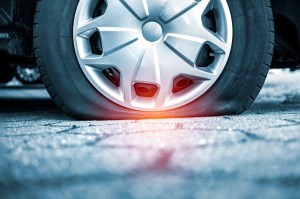


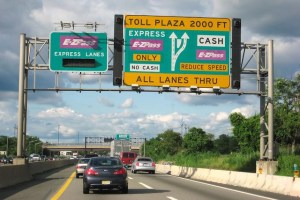



When I was an altar boy, 11 or 12 years old, I would see these beautiful j
Hearses pull up in front of the Church. I thought someday I want to drive one. Well, just finishing an almost 50 year career as a funeral director I got my wish hundreds of times . And they still are beautiful machines to me.
When I was in college, I had a classmate who drove a hearse around campus. We all thought that was very cool!
When my father was a police officer in NYC working speed control on highway, he would be first set-up with radar, his partner was further up and would pull over cars that were radioed in as speeding. As a joke on their partner they would call in a hearse as a Cadillac station wagon to be pulled over. (They would not pull over hearses).
I would like to see the picture of the Hearse. I really liked the Cadillac Hearses of the 50’s but then I use to see them in all the beach movies growing up as Surfboard Carrying private vehicles.
Thank You
Back in the eighties a friend of mine bought an old hearse for his main transportation. Even though it was over a decade old it only had 20 something thousand miles on. It had never been driven fast and it was very well maintained. It was however the only Cadillac I ever saw without AC.
When I was in college I needed to go to Strong Memorial Hosp. in Rochester, NY about 1/2 hour away. The town had one vehicle that doubled as a ambulance/hearse and I was driven in it. I was 21 yrs. old., in 1958.
Funny how I saw this article today as I was just reminiscing how in the 1970’s it was a fad to buy used hearses and “soop” them up
Hippie cars ????
I tried to insert a photo I have of 3 teenager girls sitting in the back of a hearse with the rear door open but couldn’t figure out how to insert it here. Maybe it’s not allowed to insert a photo
If you want I can send it to you if you let me know where
The famous Hammond B3 jazz legend organist Jimmy Smith used to use a hearse to move his heavy B3 organ from performance to performance back in the late 1950’s. His trio had a gig in NYC and the following day they got a late invitation to play at Newport Jazz in RI. The only way they could make it to Newport, RI in time for their performance was to take the I-95 Interstate. Problem was a hearse’s had to be “in use” to drive on the Interstate. So they came up with a plan, they covered their young drummer and had him lie in repose the entire drive to Newport. True story…..and of course, hysterical. H Fraser